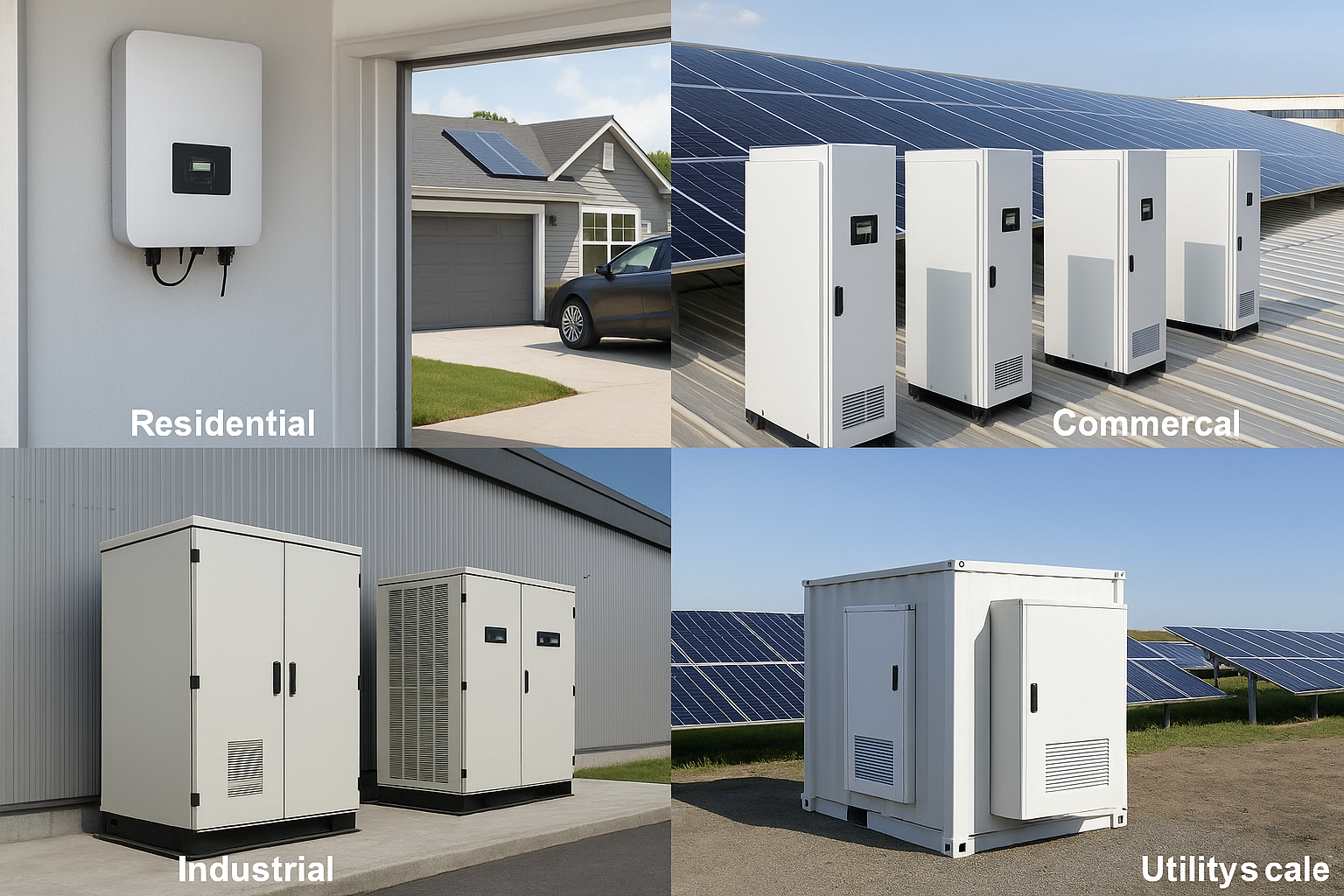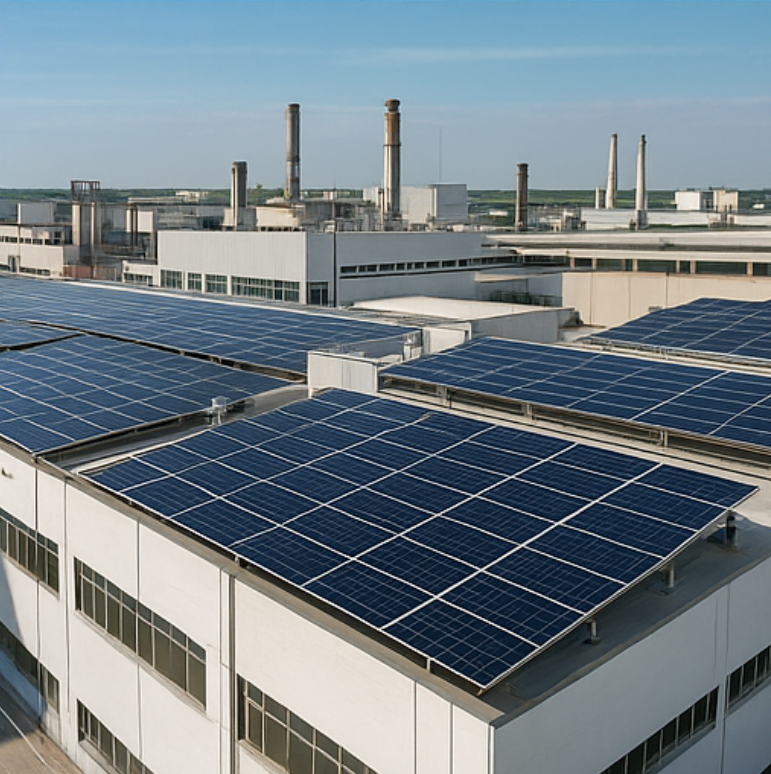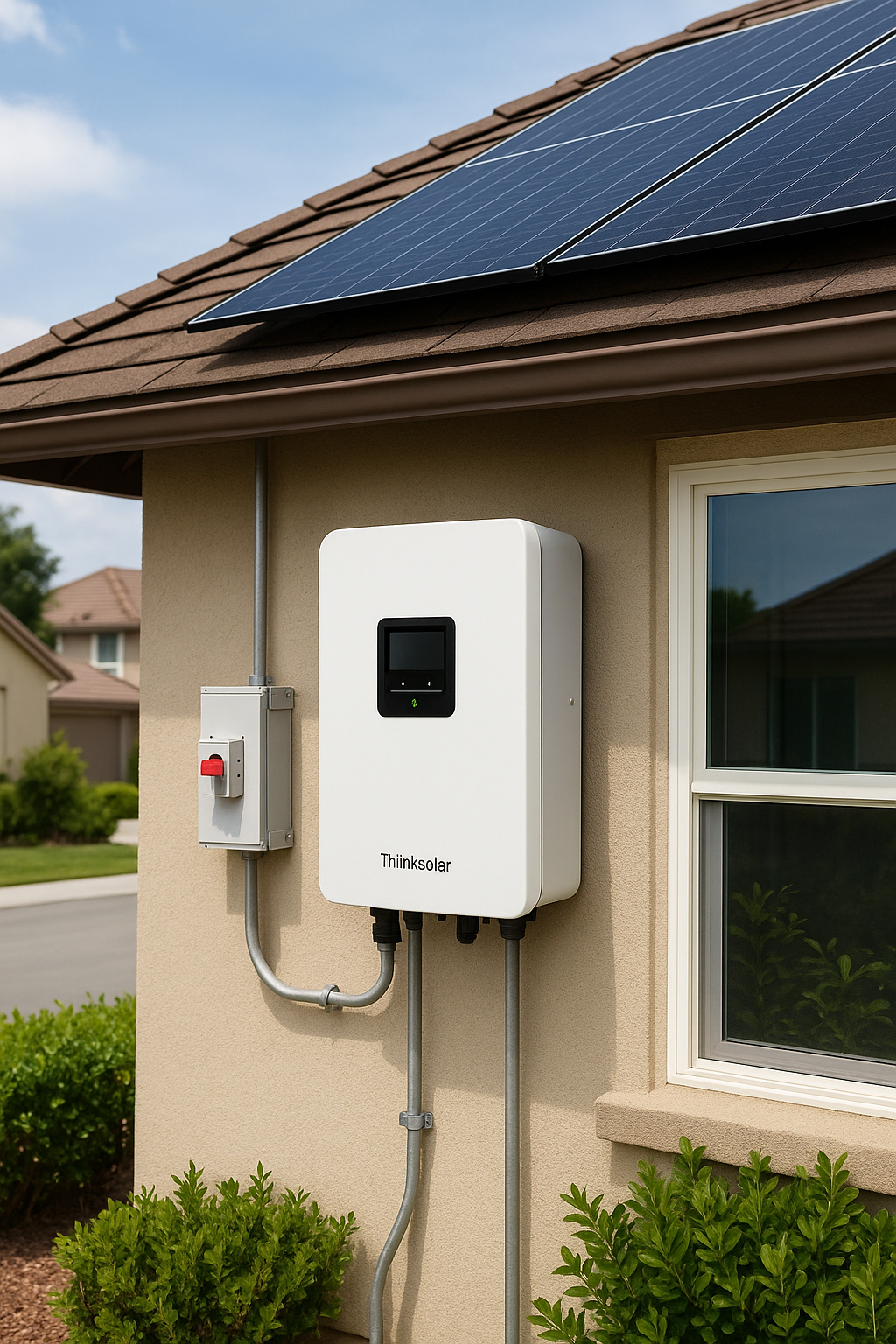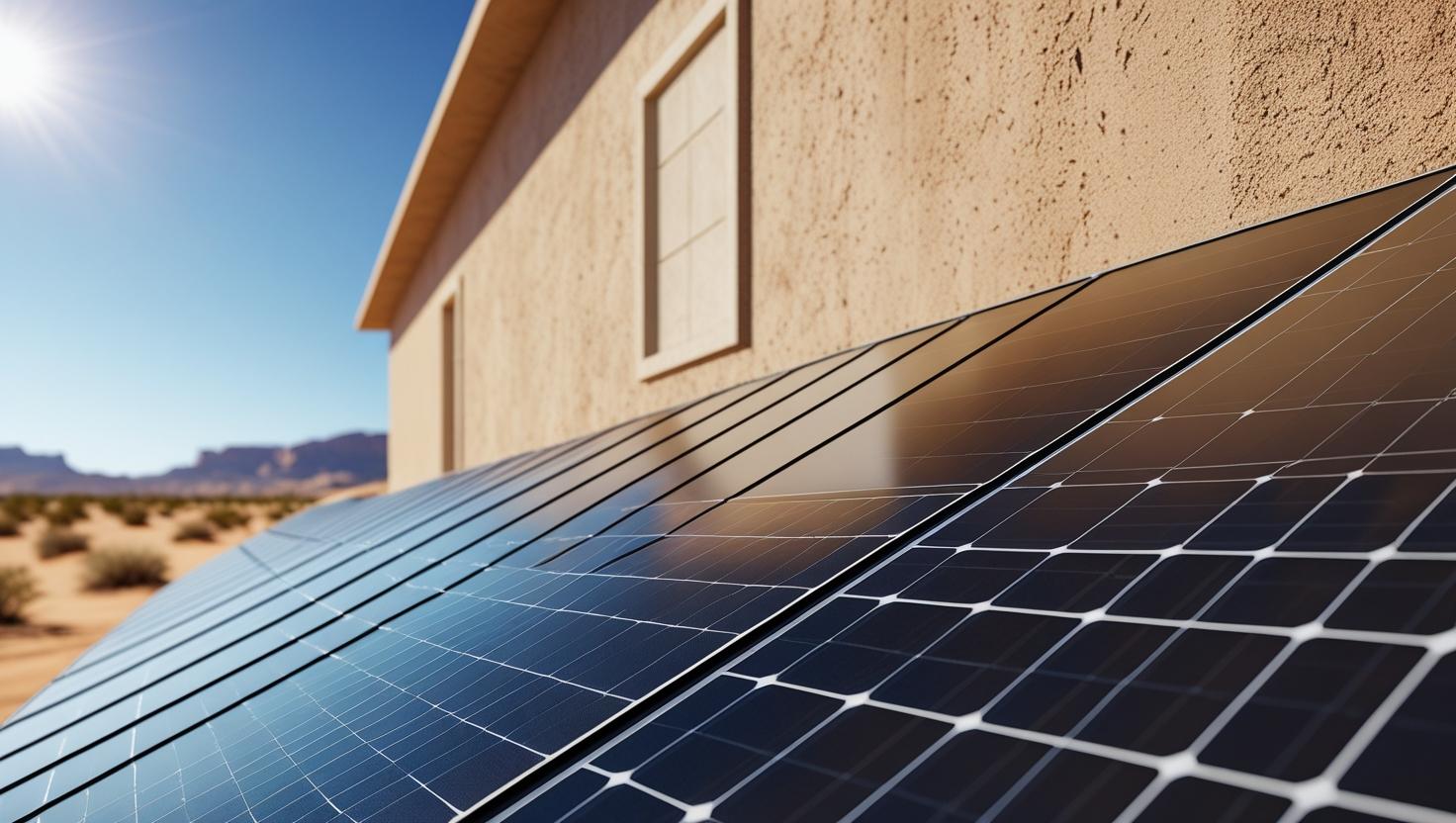How to Choose Between MLPE and Centralized Systems for Hybrid Home Use
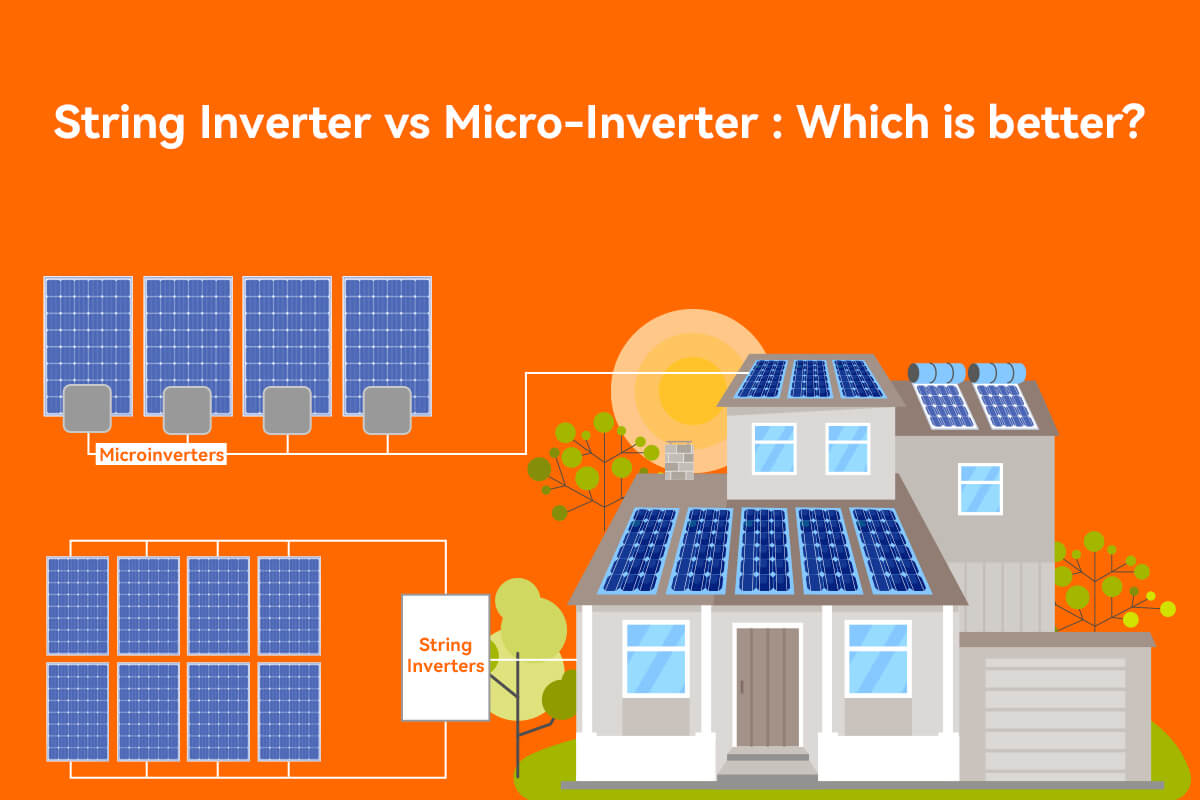
As homeowners transition to solar, selecting the right inverter technology becomes critical. For family solar inverter solutions , the debate often centers on Microinverters (panel-level) versus String Inverters (centralized). This guide examines both technologies through performance, safety, and cost lenses and introduces how Thlinksolar’s hybrid-ready single phase inverters bridge these worlds.
Technology Face-Off: Core Differences
1. String Inverters (Centralized Architecture)
-How It Works: Panels connect in "strings" to a central inverter (e.g., 5kW single phase inverter ).
- Pros: Lower upfront cost, simpler maintenance.
-Cons:
Single Point of Failure : One inverter fault shuts down the entire array.
Shading Penalty : Partial shading reduces output for all linked panels [(SolarEdge, 2023)]
(https://www.solaredge.com/sites/default/files/se_technical_whitepaper_the_effect_of_shading.pdf).
-Limited Panel Mismatch Tolerance .
2. Microinverters (Module-Level Power Electronics - MLPE)
-How It Works: Each panel has its own microinverter (e.g., 300W per module).
-Pros :
Shading Resilience : Only affected panels lose output.
Panel-Level Monitoring : Granular performance tracking.
Enhanced Safety : Ultra-low DC voltage (<60V) [(Enphase, Safety Report)]
(https://enphase.com/sites/default/files/2023-04/microinverter-safety-whitepaper.pdf).
-Cons: Higher per-watt cost, complex troubleshooting.
The Thlinksolar Advantage: Hybrid Home Use Inverters
Product Link:
https://thlinksolar.com/product/the-future-of-solar-thinkpower-solar-inverters-explained
For families seeking a balanced solar inverter solution , Thlinksolar’s THL-Hybrid5K series merges the strengths of both worlds:
Key Features:
-Hybrid Architecture: Integrates with battery storage (up to 10kWh) for uninterrupted power during outages.
-Dual MPPT Trackers: Minimizes shading losses like MLPE, while retaining string inverter cost efficiency.
-120% Overloading Capacity: Handles future panel expansions without hardware upgrades.
-Smart Grid Compliance: IEEE 1547-2018 certified for seamless grid interaction.
|
Feature |
Microinverters |
Traditional String Inverters |
Thlinksolar THL-Hybrid5K |
|
Partial Shading Loss |
<5% output reduction |
Up to 30% loss |
<8%(Dual MPPT) |
|
Lifespan |
25 years (panel-level) |
10-15 years |
15+ years(IP65 rated) |
|
Battery Readiness |
Limited compatibility |
Requires add-ons |
Native integration |
|
Safety |
<60V DC (NEC compliant) |
600V+ DC |
<60V DC optimizers |
|
Monitoring |
Panel-level granularity |
System-level only |
String-level + battery AI |
|
Scalability |
Complex expansion |
Moderate |
120% overloading support |
|
Best For |
Complex shaded roofs |
Open roofs + tight budgets |
Hybrid home use |
"Our THL-Hybrid5K delivers Enphase-level safety with SolarEdge-like scalability–at 30% lower system LCOE."
Thlinksolar Engineering Team
Case Study: Real-World Family Solar Solution
Location : Suburban Home, California
System : 7kW PV + 10kWh Storage
Challenge : Partial afternoon shading + frequent grid outages.
Thlinksolar Implementation :
Equipment : 2×THL-Hybrid5K inverters (split-phase).
Result : 22% higher yield than traditional string inverters during shaded hours.
100% backup power coverage for critical loads.
ROI achieved in 6.2 years (vs. 8.1 years for microinverter-based systems).

Which Is Right For You?
Choose Microinverters if:
- Your roof has complex shading patterns.
- Panel-level monitoring is non-negotiable.
- Budget allows for premium solutions.
Choose Thlinksolar Hybrid String Inverters if:
- You need battery-ready hybrid home use inverters .
- Cost-per-watt efficiency is critical.
- You plan future expansions (e.g., EV chargers, heat pumps).
Future-Proof Your Investment
While microinverters excel in complex installations, modern single phase inverters like Thlinksolar’s hybrid series offer unparalleled versatility for evolving family energy needs. By combining string economics with MLPE-like resilience, we empower homeowners to maximize self-consumption–today and tomorrow.
Ready to optimize your solar solution?
For more information on photovoltaic technology, please visithttps://youtu.be/JB56vgBNr6E?si=48ZjW1I9exvg7s-ofor detailed content.
References
1. SolarEdge. (2023). The Impact of Shading on PV Systems .
2. Enphase. (2023). Microinverter Safety and NEC Compliance .
3. Wood Mackenzie. (2024). Global Hybrid Inverter Adoption Trends .
